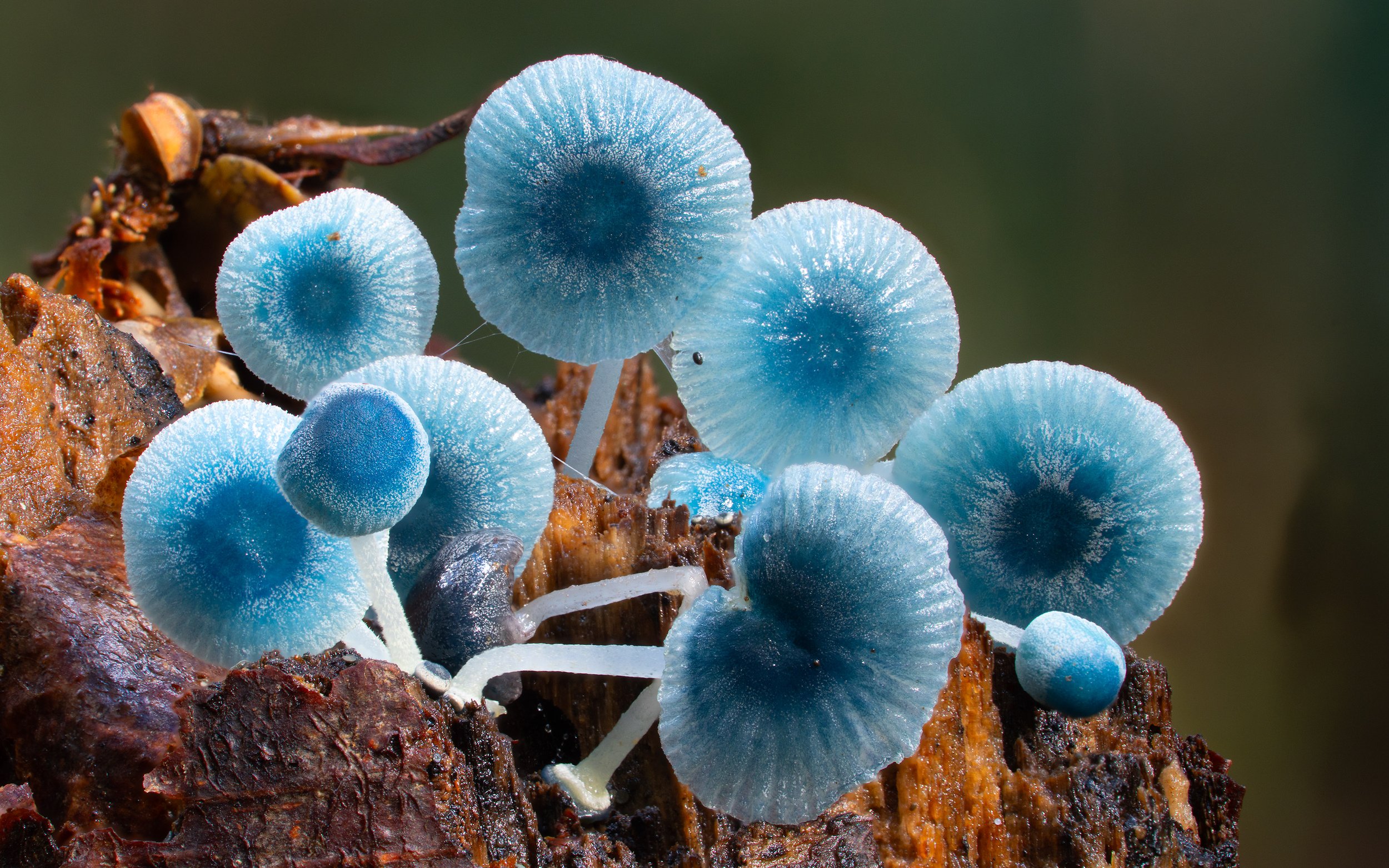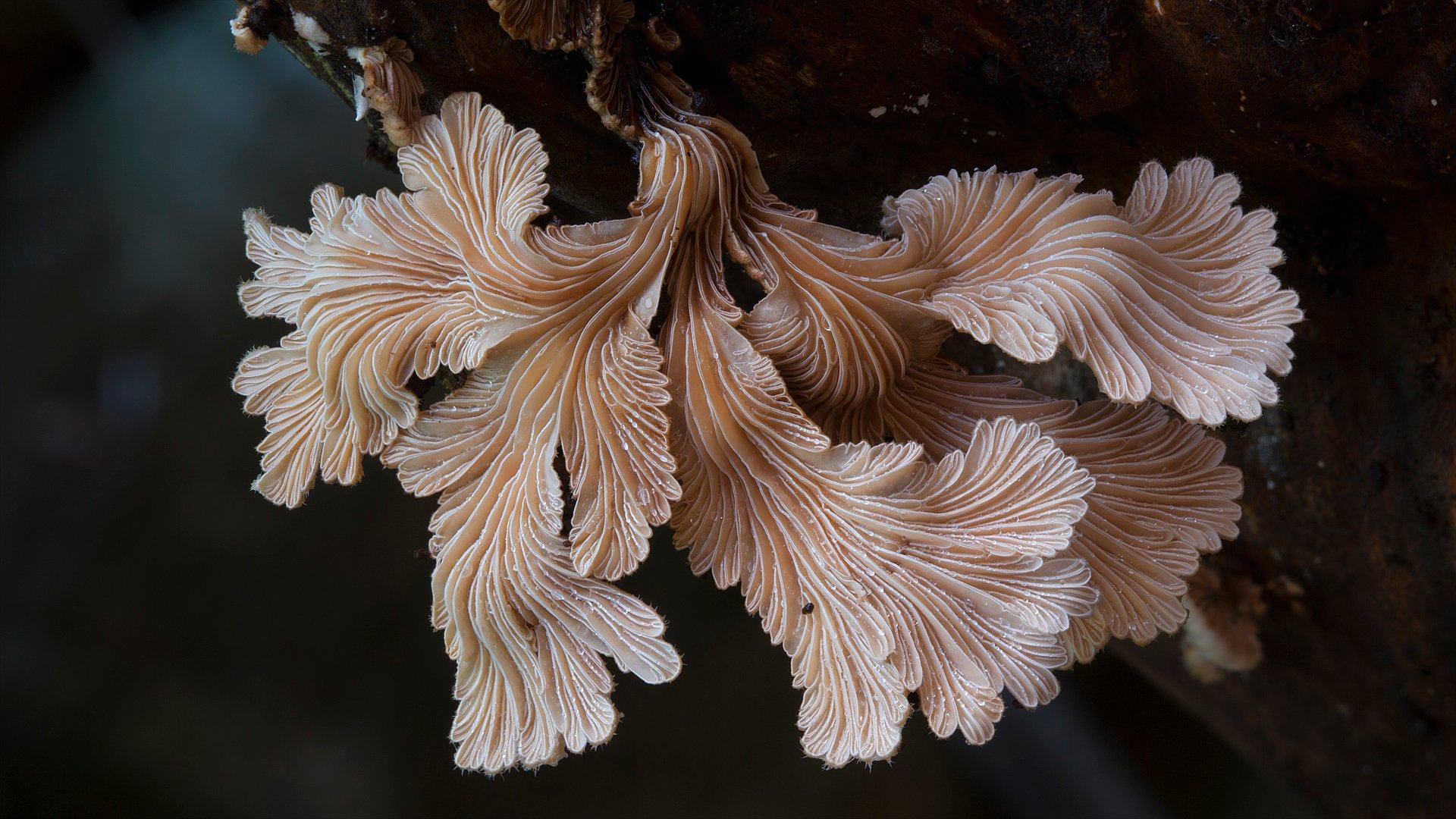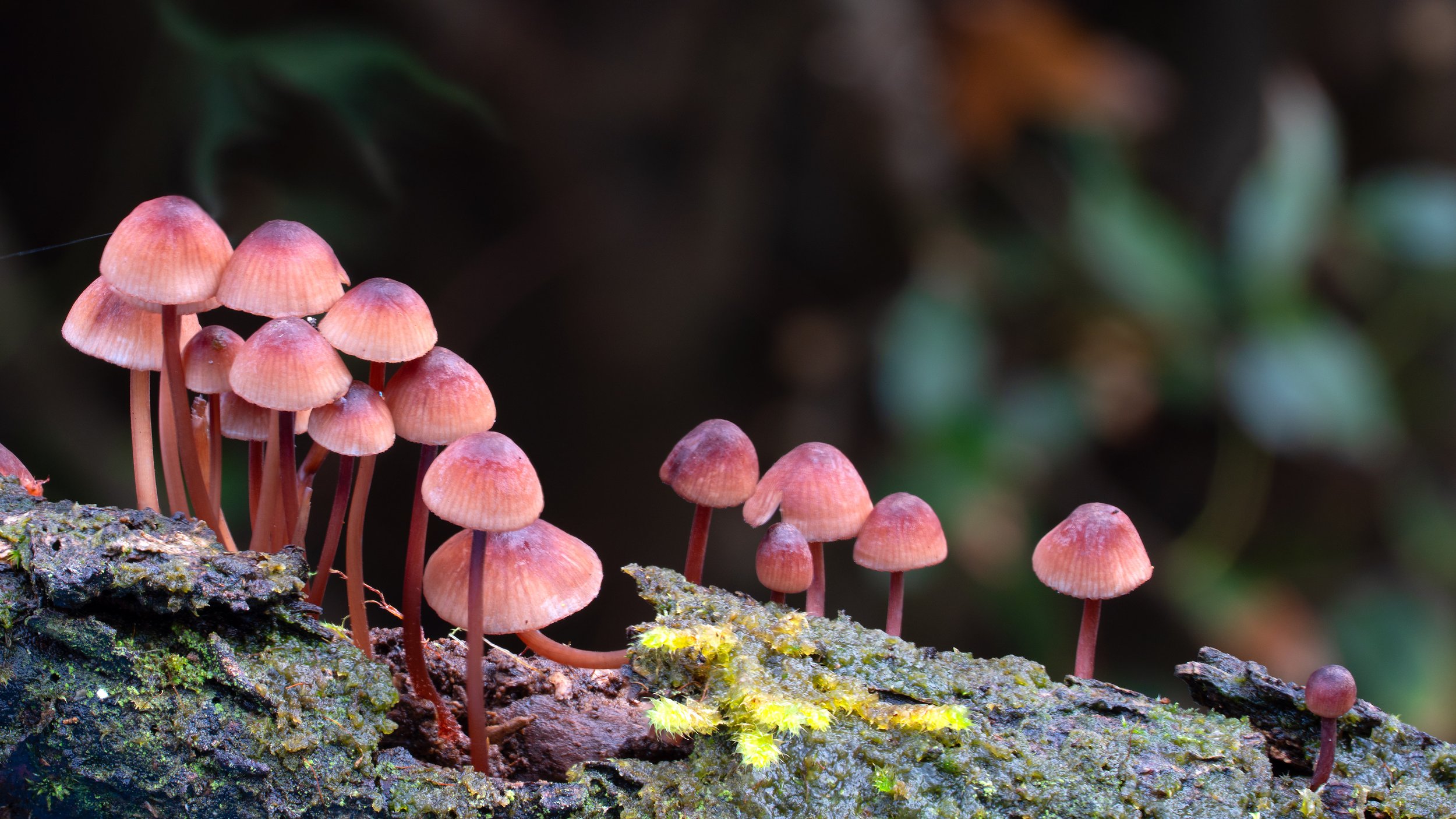Photography
Welcome to the world of fungi photography.
Stephen Axford is probably the world’s best known fungi photographer with a following from Vladivostock to Patagonia.
His photographs have appeared in articles, books, magazines and science journals across the globe. His works are in the permanent exhibition of Questacon - The National Science and Technology Centre in Canberra Australia.
His photography was also featured in the group exhibition The Language of Mushrooms: The Interspecies Internet at the Contemporary Gallery Kunming.
Catherine Marciniak is a photographer in her own right and specialises in environmental portraiture and landscapes with fungi.
Stephen and Catherine regularly licenses images for books, publications, calendars and exhibitions.




Fungi Photography Masterclass
$10 Rent | $20 Buy
If you want to take photos like Stephen Axford you can learn how he does it in this 25 minute masterclass in macro fungi photography. Includes expert tips on forest fungi, how to photograph with a digital camera or a mobile phone, focus stacking and post-production.
Stephen Axford uses a Sony a7R V camera and Sony 90mm macro lens for his field photography and Sony a7R II, a7R III and a7R IV cameras for time-lapse.
These cameras perform particularly well in the lowlight forest environment and the high resolution is just brilliant for the macro work he does in the forest and in the fungarium.
Australian subtropics
The endangered subtropical rainforests of northern NSW where Stephen and Catherine live is a hotspot for fungi and very precious to them. Less than 1% of this rainforest has survived land clearing and logging. It is a wonderfully biodiverse and beautiful forest with magnificent fungi, many species are new to science.
Tasmania
Autumn in Tasmania has become a pilgrimmage for many fungi hunters, including Stephen and Catherine who brave the sleet and freezing temperatures to document some of the most colourful fungal species in the world.
China
At the invitation of the Kunming Institute of Botany part of the Chinese Academy of Sciences, Stephen has documented the fungi in some of China’s tropical and temperate rainforests. Stephen’s photographs have subsequently been used to illustrate comprehensive field guides of fungi in Yunnan. He even has a recently documented Chinese mushroom named after him, Panaeolus Axfordii. Stephen and Catherine have collaborated with KIB on four fungi field trips in Yunnan.
Chile
Every year the Fungi Foundation partner with international scientists to document the fungi of Patagonia. The Fungi Foundation is headed up by the inspiring Giuliana Furci who initiated the 3 F campaign, Flora Fauna Funga, to inspire governments and conservation groups around the world to acknowledge and prioritise the Kingdom of Fungi in research and preservation efforts. Stephen and Catherine support in whatever ways they can the work of the Fungi Foundation. They joined a fungi field trip in 2016 in Patagonia to document the diversity in photographs and created a short video that showcases the research.
India
The Balipara Foundation is a philanthropic organisation in the northeast of India. Launched in 2007, the Foundation takes a community based approach to conservation and equips villagers to be stewards of their natural assets. In 2018 and 2019, Catherine and Stephen joined the inspiring scientists and villagers of this region on field trips documenting the fungi in their forests, for the first time. They also trained local photographers to document fungi. The photographs are destined for field guides. Stephen and Catherine also produced the feature documentary Planet Fungi - North East India which screened in international Film Festivals and online platforms, helping to raise support for the Balipara Foundation’s conservation efforts.
Nepal
In 2019 Stephen and Catherine were asked to contribute to the work of the non-government organisation KTK-BELT in eastern Nepal, who have come up with a new model of biodiversity conservation and environmental learning. The idea is to give a framework to local farmers to become ‘professors’ of the Vertical University, to share their indigenous knowledge while also physically conserving threatened species and landscapes. Stephen and Catherine documented the fungi in a number of forests and at the same skilled up a local scientist and a videomaker/photographer to also document fungi in these remote areas.
Myanmar
The 2018 / 2019 mushroom seasons in the Chin State in Myanmar tragically resulted in many people dying after eating toxic mushrooms. Stephen and Catherine joined a team from the Kunming Institute of Botany and local NGOs to find and document the culprit. The field trip resulted in discovering a new deadly mushroom in the Amanita phalloides group as well as for the first documenting some of the fungal diversity of western Myanmar.
Other photography
Stephen also photographs birds, bugs and anything that lights his creative fire.

